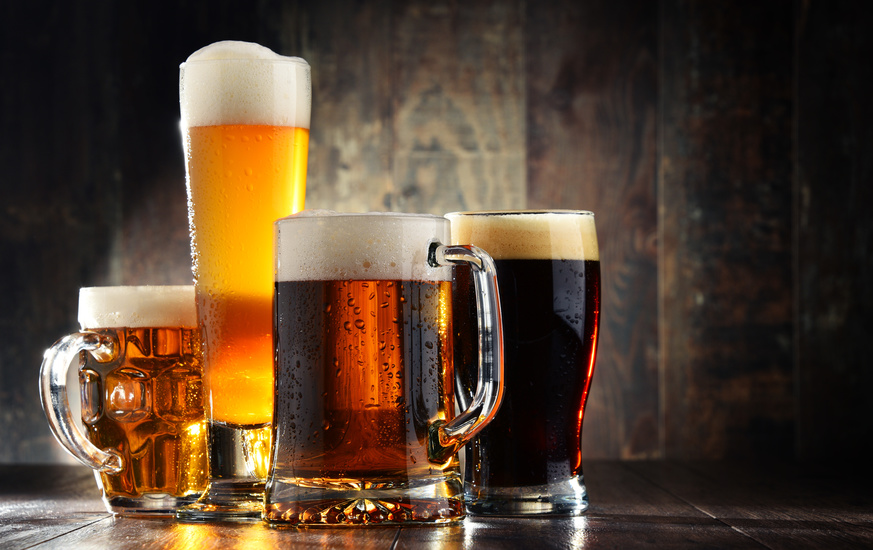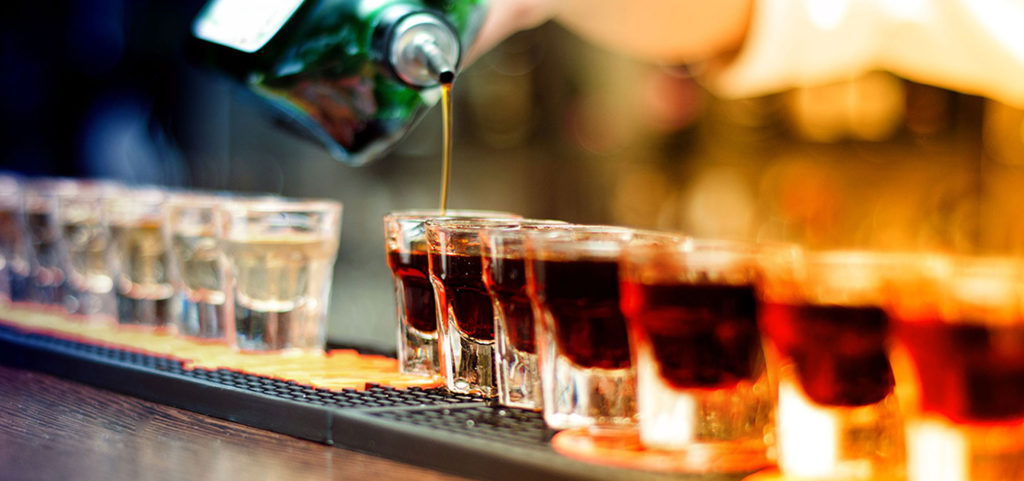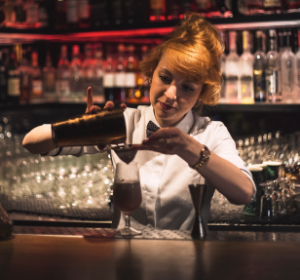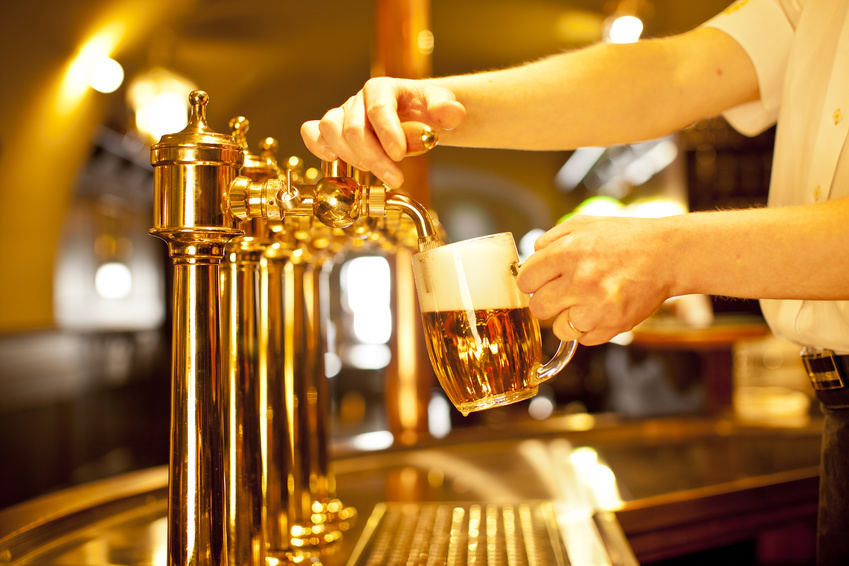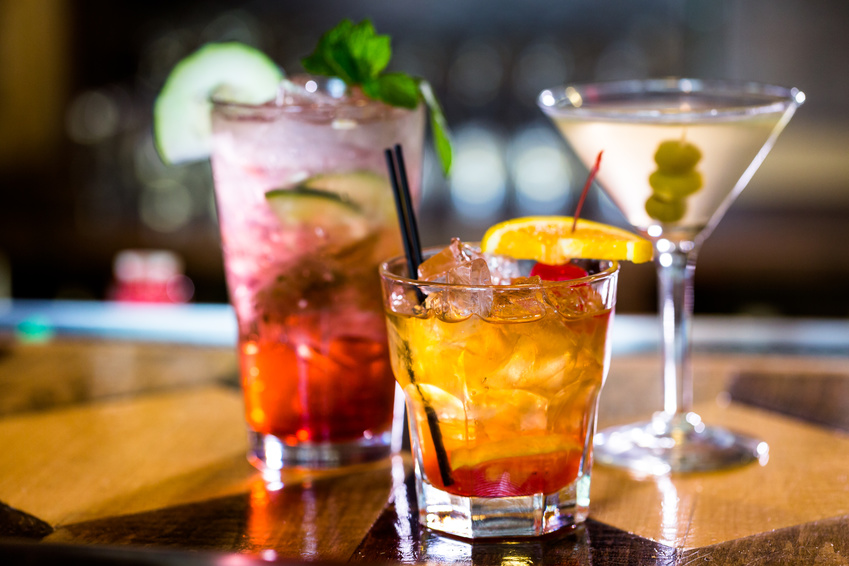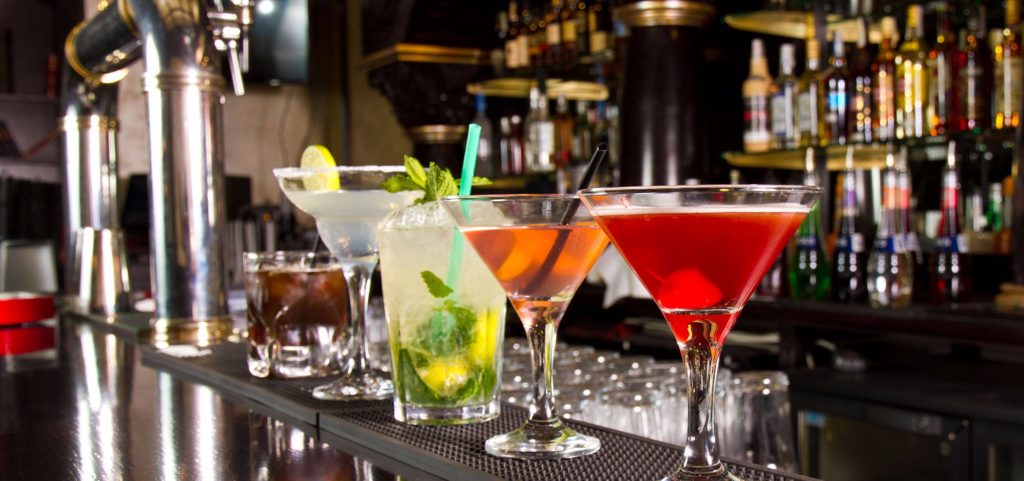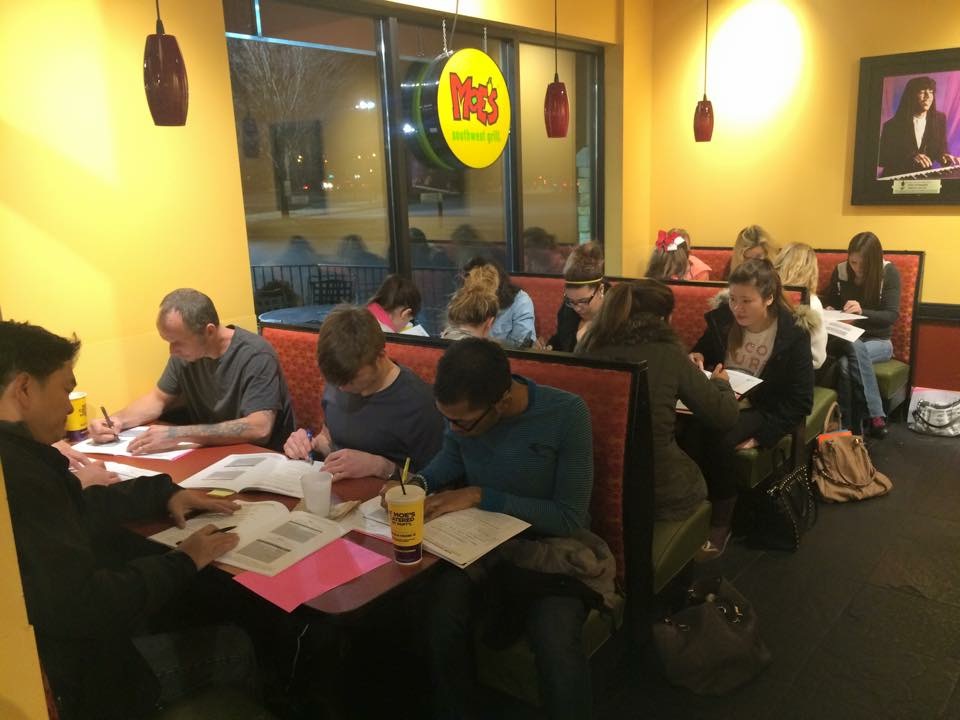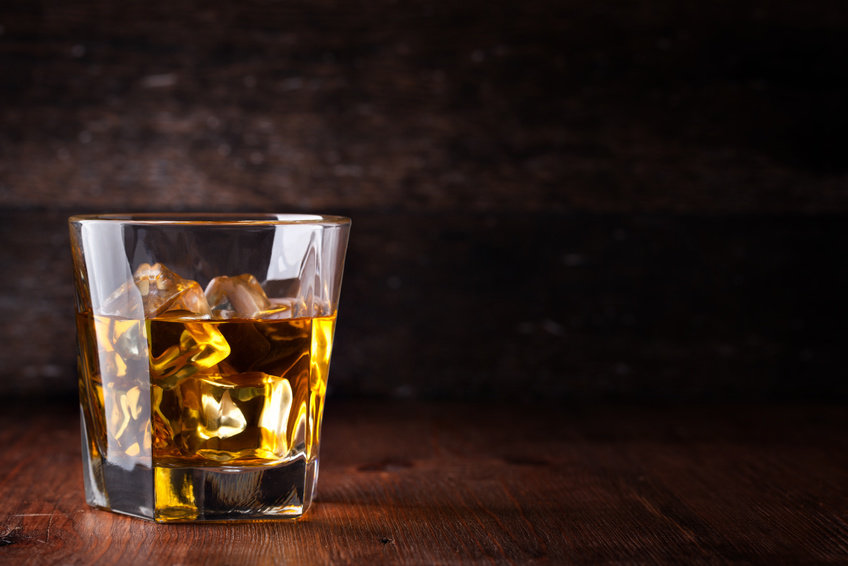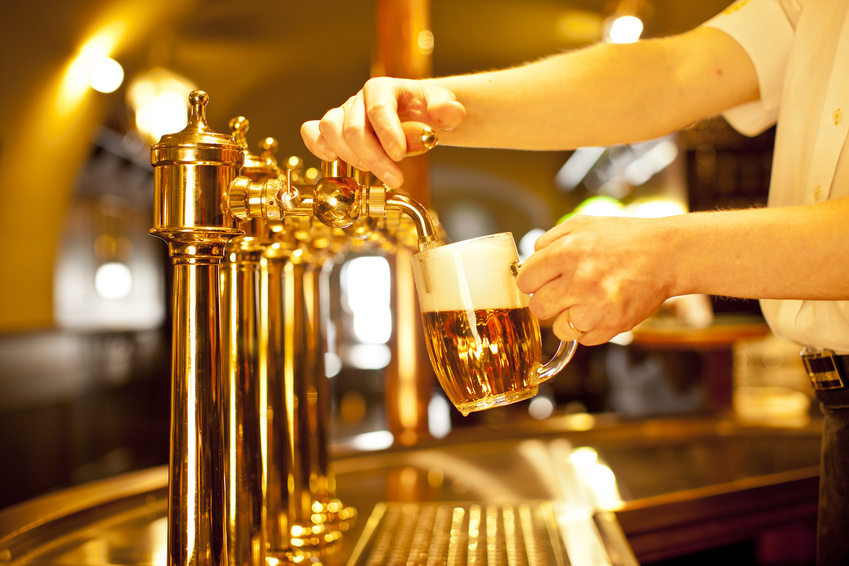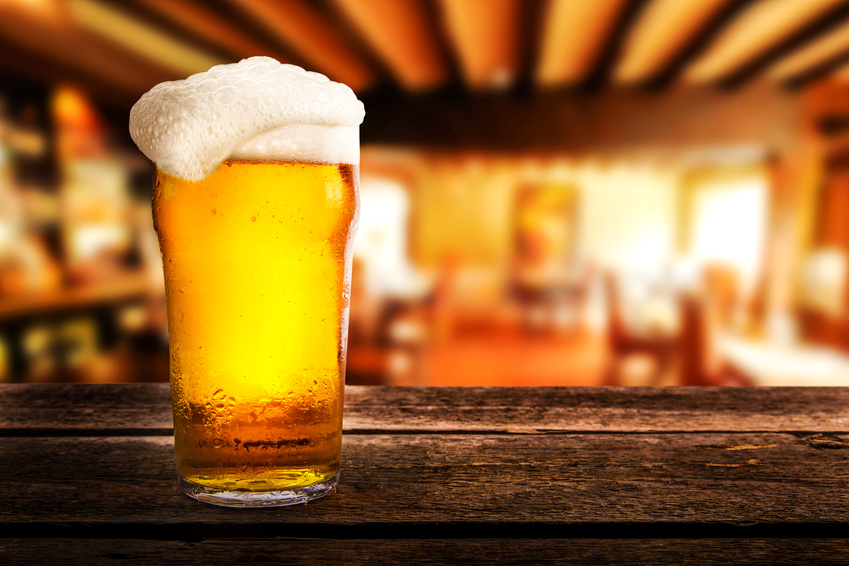If you’re a server in Tennessee, you may wonder if you need an ABC card to serve beer. The short answer to this question is “Yes, you do.” A person must have On-Premise Permit (Server Permit) in order to serve liquor, wine and high gravity beer at an establishment that holds an On-Premise Consumption License […]
How Much is an ABC License?
As you probably know, the state of Tennessee requires businesses who sell alcohol to have a license, but did you know that if you serve alcohol to patrons, you need a license as well? The Tennessee Alcoholic Beverage Commission issues several different kinds of licenses related to the production, distribution, and transportation of alcoholic beverages […]
What is an ABC Permit?
All states and the District of Columbia have laws regulating the production, sale, and distribution of alcohol within their borders. But in many states, the authority on these regulations is that state’s “Alcoholic Beverage Control” Board (or a similarly designated agency). State and local laws regarding alcohol vary widely across the country, but an up-to-date […]
How Much is an ABC Card in Tennessee?
If you’re planning to serve or sell alcoholic beverages in the state of Tennessee, then you need an Alcoholic Beverage Control license through the state. These licenses, also known as ABC cards, are designed to ensure that all persons serving and selling alcohol have a basic set of facts. They’ll know how to prevent over-serving, when […]
Cutting Off At the Bar – Bartender Training for Safety
Bartender Training for Safety – How to Protect the Public and Your Business from Excessive Drinking We’ve all seen someone at a club or a bar who has definitely had too much to drink. Sometimes they are out with friends and it’s clear that the friends are “taking care” of the excessive drinker. Other times, […]
Tips for Safely Serving Alcohol During the Holidays
How to Stay Safe When Serving Alcohol The holidays are a great time to wind down relax and have fun. Its not uncommon that alcohol is a plenty around the holidays. Whether its at a restaurant setting, a wedding ceremony, a business event, a staff function or a party, alcohol is bound to be served […]
AimToServe.Net Advertising
Our spokes-models are drumming up business on social media. If you see one of our ads on Facebook, please comment and let us know how we’re doing!
Class Photos
Here are some photos of the classes we put on. Many times, our new students don’t know what to expect. ABC Permits and AIMtoServe.net always strive to have a good time as well as inform our students on the latest laws surrounding serving alcohol. […]
TN Alcohol Regulatory Licensing and Permitting System (RLPS)
RLPS is the Regulatory Licensing and Permitting System through the Tennessee Alcoholic and Beverage Commission. This TN Alcohol commission is responsible for issuing alcoholic beverage related licenses for anything over 8% or greater alcohol content. However, TABC does not work with beer permits which are handled locally. Some of the licenses you can apply for […]
Alcohol History of Tennessee
Understanding the Alcohol history of Tennessee can help you understand today’s laws and regulations. Being the buckle of the Bible Belt, Tennessee has an interesting history with alcohol. It all started in 1838 when Tennessee was the very first state to pass a law of prohibition against alcohol. This law said that you could not […]
Top BAC Apps and Educational Tools
Being a bartender or being involved in alcohol sales means means you might be asked from time to time about blood alcohol content (BAC) from customers, friends, or curious family members. You should have a toolbox of BAC apps at your disposal. Once you receive your certification, you become the go-to person for everything alcohol […]
Weird Alcohol Laws and Other Useless Trivia
Weird Alcohol Laws on the Books There are some fairly standard alcohol laws that most of us can get behind, like having a BAC (blood alcohol content) level too high to operate machinery and a legal age for drinking. But there are some others that make you say “Wait…what?” Here are just a few of […]
